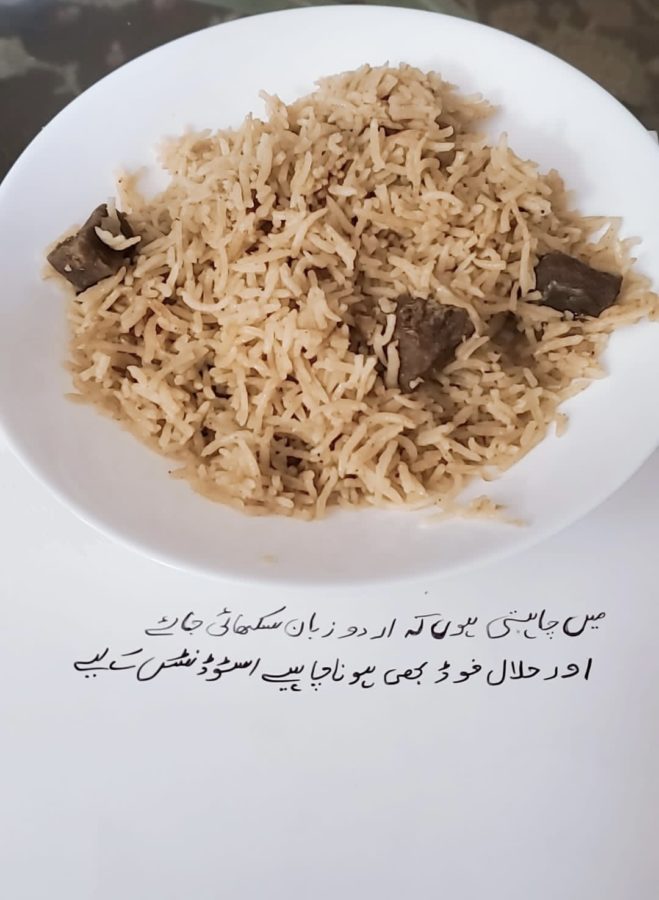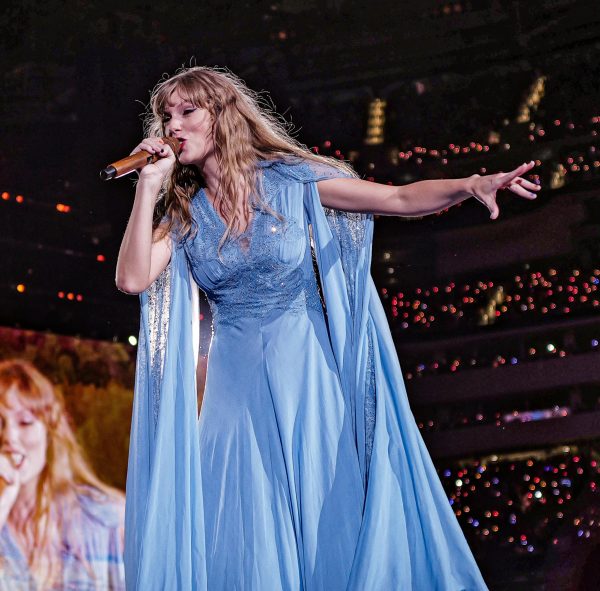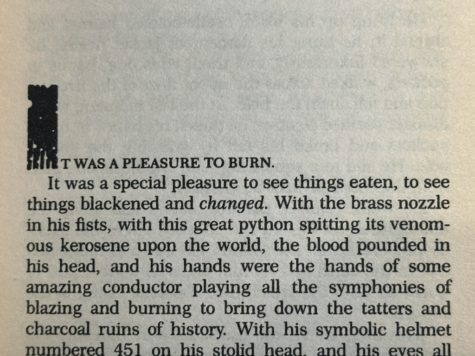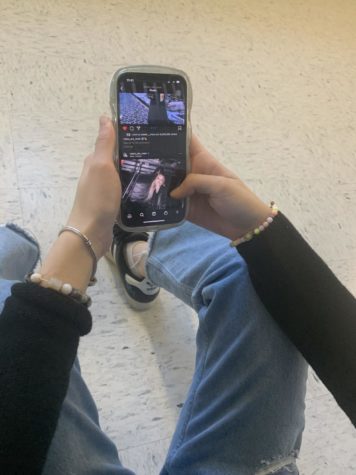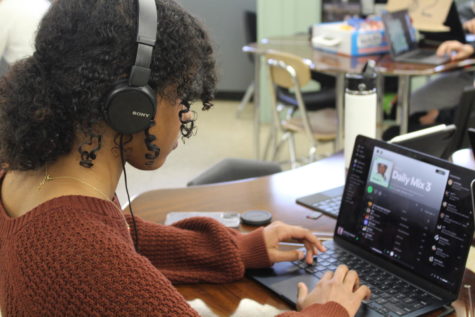Branching Out the Asian Culture Through Language and Lunch
Passing by the classrooms located on the first floor, I observe all the different flags and language classrooms. Japanese, Chinese, and Korean projects are posted all over the bulletin boards. I sigh at these posters, and continue my walk wondering, “Where are the other Asian cultures?” There are just so many other Asian cultures and ethnicities within this broad umbrella of the Asian race: Pakistani, Afghan, Indian, and many more that are just not being represented!
Francis Lewis High School is the most applied to high school in Queens, New York. According to the Public School Review, it mentions that Francis Lewis has a high diversity percentages of being 60% Asian, 20% Hispanic, 14% White, 4% Black, and 1% classified race students. Despite the school being majority Asian, why is there such a lack of representation? The Asian race doesn’t just consist of East Asians such as Koreans, Japanese, and Chinese students, there are just so many more races! For instance, many students with cultural backgrounds from Pakistan, Afghanistan, and India are underrepresented students of varying cultural backgrounds. Even though it’s hard to notice at first glance, these ethnicities are also considered to be Asians!
In my opinion, the inclusion of more foreign language classes would be a great idea because it would increase the diversity in our school, and help those who speak these languages at home. Ithaca College agrees, stating that the inclusion of more foreign language classes would broaden students’ perspectives of the world, and provide a greater understanding of their own culture through a school environment.
“Since I’m Afghan, basically I would like to learn about my homeland, and more about my home language,” President of the Afghan Student Association Club Zulegha Hayderi said. “Pashto is our home language, and just because I speak it at home doesn’t mean I know all about it.”
For instance, Zulegha Hayderi mentions her struggles of not being able to communicate well with her family through a native language spoken in the Afghan culture.
“Afghanistan has two native languages,” Hayderi said. “So we basically speak Pashto in my house, but my mom speaks Farsi. So my whole mom’s side knows Farsi, so it’s a bit hard to communicate with them because I only know how to speak Pashto. So it’s a bit hard communicating with my mom’s side of the family, but I will still try and learn.”
English and ENL teacher Ms. Khan explains how the addition of new language classes would benefit the students of Francis Lewis by including others and uniting the students representing their different cultures.
“So it would be nice if additional language classes are offered for children, not just Bangla, but Urdu, Pashto, and Arabic as well,” Ms. Khan said. “Like we do have students who speak these languages, and our school is very diverse. I feel like it would be nice to offer these language classes to children in a way that they feel represented.”
Junior and ENL student Safa Kakar, believes if we include classes that teach the school subjects in students’ native languages, it would assist ESL students.
“I would like to have Pashto classes or other language classes in school because some students in some subjects, like history or math, can’t understand English,” Kakar said. “So they need their own language classes. So, for example, the people who are speaking Pashto have their own Pashto classes for math and history, and I think they would understand more than in English.”
Adding on, the cultural clubs at Francis Lewis display diversity of the many cultures and languages spoken at FLHS.
“So the same thing with the Afghan Student Association Club, even though there’s a lot of Afghans at this school, we can also teach others about the Afghan culture since that’s the whole point of the entire club,” Hayderi said. “So it’s a good way for non-Afghans, non-Muslims, or just people who are not from that area to learn more about that culture.”
I walk to the cafeteria, my stomach grumbling in pain. As I try to ignore this sound, I walk up to the lunch line. When my turn comes up, I grab a lunch tray and take note of the meal options in place for today’s lunch: chicken tenders, burritos, and even beef patties. My eyes squint in disgust, and I walk over to the cold section to grab a cold and bare, peanut butter and jelly sandwich. I walk over to the lunch table, and take a bite of my cold sandwich.
Taking advantage of the high diversity within Francis Lewis, wouldn’t it be better to expand upon our free lunches to include cultural dishes from various cultures? The inclusion of all different cultures from the Asian community would add unique and colorful dishes and would provide so much more flavor to the cafeteria tables. For example, including Halal options would be the cherry on top as they would take into consideration the many Muslims in Francis Lewis, while including the other majority Asian races that would be included because of this change.
According to the article written by the PrimeroEdge, they have said the inclusion of diversity would allow students to interact and experience the different foods that are present in many cultures. In this way, students would be encouraged to talk about different cultures and traditions from around the globe.
“I think it would be nice for kids,” Ms. Khan said. “Since it kind of goes into representation, and if chicken biryani was served for lunch, students would be surprised and this would be a great conversation starter with someone who has never had chicken biryani. So now you can tell them like ‘oh yeah my mom also makes this, these are the ingredients, and this is how it’s made.’”
Furthermore, Hayderi inputs her personal perspective of this wonderful idea of expanding our schools lunch option to more than just pizza and a cold bland sandwich.
“Yeah, especially because this is a very diverse school,” Hayderi said. “So if we’re eating pizza everyday, it’s very repetitive, and like we have for example a different country every single day, not only would this country get more represented in the school, but, also give a bigger idea of other countries at Francis Lewis.”
In another view, the addition of lunches would provide halal options that are present in most Muslim countries. This is a must! Ensuring that every single student is offered a meal that is able to be consumed.
“I think it’s a great idea because especially with the Muslims here, we can’t really eat lunch because we don’t know if it’s halal,” Hayderi said. “So we’re bound to eat the vegetable options, or if there is any cheese option like pizza or anything. So if we’re able to have a halal menu, this would allow Muslims to eat it and also having food from like Afghanistan, Pakistan, India, or any other culture, it would allow other students to learn more about the different cultures and as well learn about the food.”
In addition to what Hayderi had mentioned, Kakar has included her perspective about this idea. She believes the input of a halal menu would prevent Muslims students from experiencing hunger. Muslims can consume these halal meals, in order to give them the boost of energy they need in their busy day.
“Yeah halal options are so important to some students when they don’t have breakfast early and then they want to have lunch, especially for Muslims,” Kakar said. “If the food is not halal, it’s so difficult when they come back home at 2 or 3 o’clock it’s just so late.”
Finally, the addition of diverse lunches would not only connect the students of Francis Lewis through food, but allow them to experience the diverse countries and their home cultures. Through a simple way, students at FLHS can experience many Asian cultures at once.
“It’s also teaching others about your culture through a meal,” Ms. Khan said.



